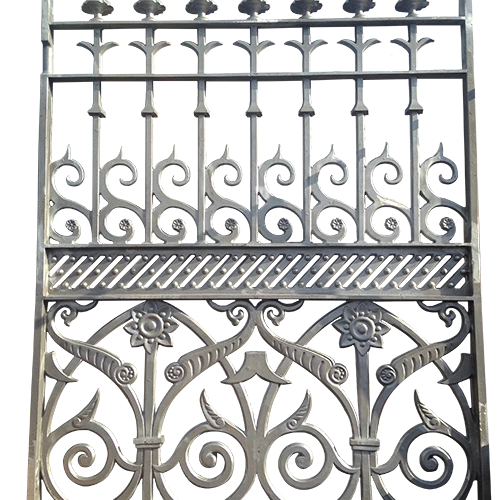Mobile:+86-311-808-126-83
Email:info@ydcastings.com
Exploring the Benefits of Twin Impeller Technology in Modern Fluid Dynamics
The Twin Impeller An Innovation in Fluid Dynamics
The twin impeller design represents a significant advancement in the field of fluid dynamics, particularly in the realms of pumps and turbines. By utilizing two impellers working in concert, this design enhances efficiency, increases flow capacity, and optimizes energy usage — a combination that has profound implications for various industrial applications.
At its core, an impeller is a rotating component of a machine designed to move fluid by converting rotational kinetic energy to hydrodynamic energy. The twin impeller system takes this concept a step further by incorporating two impellers on the same axle or within the same casing. This dual setup can be configured in either parallel or series arrangements, each serving distinct purposes depending on the application.
In a parallel configuration, the twin impellers work simultaneously to double the flow rate of the fluid without significantly increasing the pressure. This is particularly advantageous in applications that require high volumes of fluid movement, such as irrigation systems, wastewater treatment, and cooling systems in various industrial processes. The ability to handle large volumes efficiently means that machinery can operate faster and with less wear and tear.
Conversely, when configured in series, the twin impeller design enhances the pressure capabilities of the system. In this arrangement, the first impeller increases the fluid's velocity, while the second impeller subsequently boosts its pressure. This series configuration is especially useful in water supply systems and chemical processing, where fluids must be transported over long distances or through high-resistance environments.
twin impeller

One of the primary benefits of twin impeller systems is their ability to maintain performance consistency under varying operational conditions. Traditional single impeller systems often suffer from decreased efficiency and cavitation anomalies when faced with fluctuations in flow rate or pressure. However, twin impellers can more effectively manage these changes, ensuring optimal performance and longevity.
Moreover, the compact design of twin impeller systems allows for integration in smaller machinery, which is a vital consideration in today’s trend towards miniaturization and space-saving technologies. This compactness does not come at the cost of power or efficiency, making twin impellers a practical choice for both large and small-scale operations.
As industries seek more sustainable practices, the energy efficiency of twin impeller systems can contribute significantly to reducing operational costs and minimizing environmental impact. Enhanced efficiency means less energy consumption, which translates to lower greenhouse gas emissions and a smaller carbon footprint.
In conclusion, the twin impeller design is redefining the landscape of fluid movement technologies. Its ability to optimize flow and pressure while maximizing efficiency positions it as a vital player in modern engineering. As innovation continues to progress, we can expect to see even greater applications and enhancements of this technology across various sectors, paving the way for more efficient and sustainable industrial solutions.
-
Why Is Choosing the Right Motor Housing Critical for Engine Performance?NewsJul.18,2025
-
Which Impeller Types Best Optimize Your Pump’s Efficiency?NewsJul.18,2025
-
Optimize Maintenance Efficiency with Durable Oil Catch SolutionsNewsJul.18,2025
-
Maximize Pump Performance with Precision-Engineered ComponentsNewsJul.18,2025
-
Elevate Industrial Flow Systems with Precision-Engineered ComponentsNewsJul.18,2025
-
Boost Durability and Functionality with Precision Power CastingsNewsJul.18,2025











